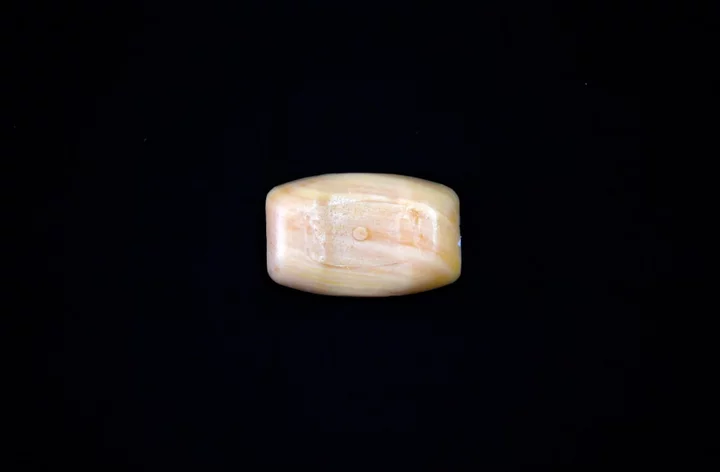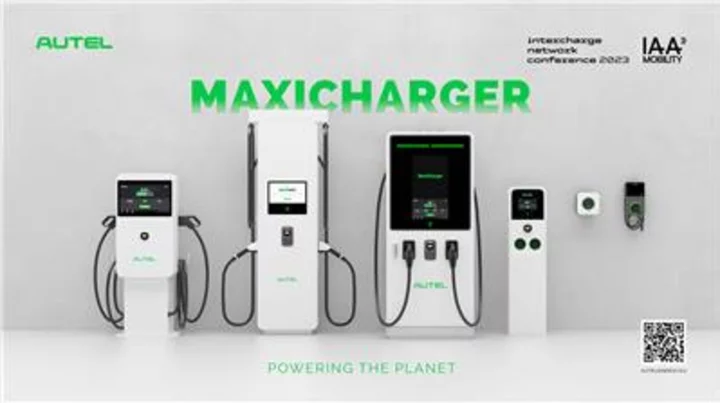The key to longer-lasting batteries may lie in soap, according to a new study.
Scientists have developed a new promising substance used for designing batteries. They said it acts in a manner similar to soap removing grease, dirt and germs.
Localised high-concentration electrolytes could be the “missing piece” that fully open the door to building longer-lasting batteries, said a recent study published in the journal Nature Materials.
The key to longer-lasting batteries may lie in understanding how soap gets rid of dirt. It forms tiny structures called micelles that act as a bridge between water and what is being cleaned away by wrapping them into small structures.
Scientists from Brown University said a similar process plays out in localised high-concentration electrolytes – described as one of the most promising substances for designing batteries.
Electrolytes are key in the energy-storing process as they allow an electrical charge to pass between a battery’s two terminals. This sparks the chemical reaction needed to convert stored chemical energy to electricity.
Batteries made from lithium metal have a greater energy storage capacity than today’s lithium-ion batteries.
But the electrolytes commonly used to power lithium-ion batteries don’t do this effectively in metal-based batteries, researchers explained.
“The big picture is that we want to improve and increase the energy density for batteries, meaning how much energy they store per cycle and how many cycles the battery lasts,” said study co-author Yue Qi from Brown University.
“To do this, materials inside of traditional batteries need to be replaced to make long-life batteries that store more energy a reality – think batteries that can power a phone for a week or more, or electric vehicles that go for 500 miles,” Dr Qi said.
Electrolytes for lithium-ion batteries are made of low-concentration salt dissolved in a liquid solvent. The new type of electrolytes, however, are created by mixing high concentrations of salt in a solvent with another liquid called a diluent.
Scientists said this makes the electrolyte flow better so the power of the battery can be maintained.
They also found the electrolyte functions like soap.
“The paper provides a unified theory to why this electrolyte works better and the key understanding of it came by finding that micelle-like structures form within this electrolyte – like they do with soap,” said study co-author Bin Li from the Oak Ridge National Laboratory.
“Here we see that the role of the soap or surfactant is played by the solvent that binds both the diluent and the salt,” Dr Li explained, “wrapping itself around the higher concentration salt in the center of the micelle”.
While in lab tests, this type of electrolyte has shown promising results, how it works has remained elusive.
This has put a cap on how effective it can be and how it can be further developed.
The new understanding has, however, helped scientists develop the right concentrations needed to bring about optimal reactions for the batteries.
“The concept of the micelle may be new for the electrolyte, but it’s actually very common for our daily life,” Dr Qi said.
“Now we have a theory, and we have guidelines to get interactions we want from the salt, the solvent and the diluent in the electrolyte, and what concentration they have to be at and how you mix them.”
Researchers said this new understanding could lead to introducing a proper balance of the three battery ingredients and also help extend the life of lithium-metal batteries.
Read MoreIreland and Apple await major development in long-running EU tax dispute
Apple just released an iPhone update you should download right now
Smartphones ‘may be able to detect how drunk a person is with 98% accuracy’
Ireland and Apple await major development in long-running EU tax dispute
Apple just released an iPhone update you should download right now
Smartphones ‘may be able to detect how drunk a person is with 98% accuracy’









